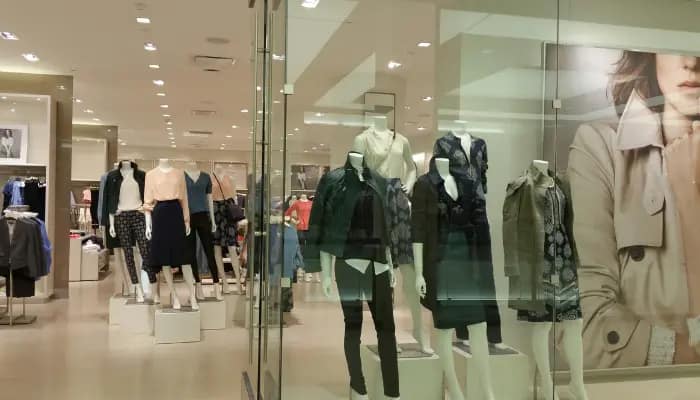Indonesia – More than half of Glance users in Indonesia plan to increase their shopping budgets this Ramadan, with 50% expecting to spend over Rp 3m and 22% anticipating expenditures exceeding Rp 5m, according to a report by consumer technology company Glance.
Glance’s report also found that nearly 58% of Indonesian shoppers prefer to complete their Ramadan shopping four weeks before the holy month begins. Notably, big-ticket items like jewellery did not top their shopping lists, with consumers prioritising more personal and meaningful purchases.
Reflecting the festive spirit, clothing and accessories emerged as the top shopping category across both online (66%) and offline (61%) channels. Confectionery gifting was also a popular choice in both formats. Among online shoppers, home appliances (38%), beauty products (34%), and gadgets (34%) ranked high in preference, while offline shoppers prioritised groceries for home-cooked meals (53%), home décor (44%), and DIY hobbies (41%).
Glance, known for its smart lock screens, reported that during the 2024 Ramadan period, content related to ‘Mudik’ saw significant engagement, with 917.5 million glances (views) and 27 million taps.
Ramadan recipes also attracted strong interest as families prepared for Suhoor and Iftar, generating 380 million glances and 7 million taps. Stories about Eid traditions received 185.6 million glances and 4.3 million taps, highlighting widespread interest in cultural heritage.
Additionally, gaming recorded 37.9 million plays, while users spent 298 million hours watching video content. Fashion and health-related topics also drew notable engagement.
According to the report, user activity on the Glance smart lock screen platform peaked during the daytime hours leading up to Iftar, as many users spent more time on their mobile devices before breaking their fast. This period saw a notable increase in engagement with gaming—accounting for nearly 65% of users—along with a surge in time spent on OTT platforms, streaming services, and religious apps.
Bikash Chowdhury, chief marketing officer at InMobi and Glance, also stated, “Indonesian consumers are at the forefront of the digital revolution and among the most active mobile internet users in the Asia–Pacific region. They have made ‘glancing’ a massive phenomenon in the country, engaging with content across entertainment, gaming, and trends, while brand marketers tap into this behaviour to connect meaningfully with their audiences. We are excited to see Glance’s growth story continue to unfold in Indonesia in the coming years.”
“Glance has profoundly impacted how Indonesian consumers engage with content during Ramadan, where the platform saw a 30% increase in time spent and a 23% rise in engagement rates. This transformative shift presents marketers with an extraordinary opportunity to connect with an active audience building brand salience through tailored communication during this important period,” said Vasuta Agarwal, chief business officer of consumer and performance advertising at InMobi.










